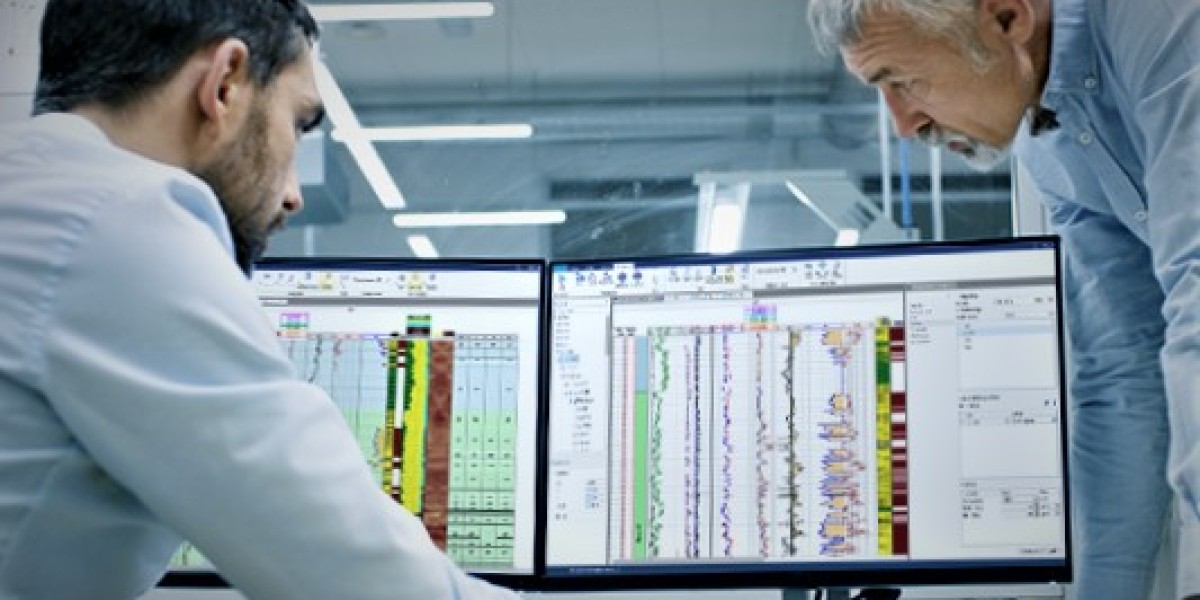Geothermal petrophysics is a specialized branch of geophysics and petrophysics that focuses on studying the physical properties of rocks and fluids in geothermal reservoirs. Geothermal energy harnesses the Earth's natural heat stored beneath its surface and converts it into a sustainable and renewable source of power. Understanding the petrophysical properties of geothermal reservoirs is crucial for successful exploration, efficient production, and optimal utilization of this clean and abundant energy resource.
The Geothermal Energy Advantage
Geothermal energy is a renewable energy source that holds several advantages over traditional fossil fuels and other renewable sources. It is a constant and reliable energy supply since the Earth's heat is continually generated from its core. Unlike solar or wind power, geothermal energy is not intermittent and can provide a stable baseload of electricity. Additionally, geothermal power plants have a small physical footprint and emit very low levels of greenhouse gases, making them an environmentally friendly alternative to conventional power generation methods.
Understanding Geothermal Petrophysics
Geothermal petrophysics involves the study of rock properties and fluid behavior in geothermal reservoirs. It plays a vital role in characterizing the reservoir's structure, composition, and thermal conductivity. Some key aspects of geothermal petrophysics include:
1. Reservoir Rock Properties
Geothermal reservoirs are often found in subsurface formations where the Earth's heat is trapped. Petrophysicists analyze core samples and well logs to determine the reservoir rock's porosity, permeability, and mineral composition. These properties govern the rock's ability to store and transmit heat and fluids.
2. Fluid Saturation and Composition
Understanding the fluid saturation and composition within the geothermal reservoir is crucial. Geothermal fluids consist of water, steam, and other dissolved minerals. Petrophysicists use various techniques, including well logging and fluid sampling, to measure fluid saturation and identify potential flow paths for efficient heat extraction.
3. Reservoir Temperature Distribution
Petrophysical measurements help create temperature profiles of the geothermal reservoir. Knowing the temperature distribution is essential for assessing the reservoir's heat potential and determining the most productive areas for energy extraction.
4. Permeability and Flow Characteristics
Permeability refers to the ability of rocks to allow fluid flow. Petrophysicists study the permeability of geothermal reservoirs to understand how fluids move through the subsurface and design effective fluid circulation systems for geothermal power plants.
5. Geothermal Wellbore Analysis
Wellbore petrophysical analysis is critical for geothermal well drilling and completion. Understanding the geothermal well's petrophysical properties ensures optimal well placement and enhances reservoir connectivity to maximize energy production.
Geothermal Petrophysics Applications
The insights gained from geothermal petrophysics have several applications in the geothermal energy industry:
1. Resource Assessment
Geothermal petrophysics helps assess the energy potential of a geothermal reservoir. By understanding the rock and fluid properties, geoscientists can estimate the total recoverable heat energy and determine the feasibility of a geothermal power project.
2. Reservoir Characterization
Characterizing the geothermal reservoir is essential for efficient reservoir management. Petrophysical data aids in delineating the reservoir's boundaries, identifying potential drilling targets, and estimating the reservoir's productive lifespan.
3. Enhanced Reservoir Engineering
Using petrophysical data, reservoir engineers can design enhanced geothermal systems (EGS) to stimulate heat exchange in low permeability reservoirs. EGS techniques involve creating artificial reservoir permeability to increase fluid circulation and enhance heat recovery.
4. Sustainable Power Generation
Geothermal petrophysics supports the sustainable generation of electricity from geothermal sources. By optimizing well placement and reservoir management, geothermal power plants can operate efficiently and provide a consistent supply of clean energy.
Conclusion
Geothermal petrophysics plays a vital role in unlocking the Earth's renewable heat energy potential. Through a comprehensive understanding of rock and fluid properties in geothermal reservoirs, scientists and engineers can harness this clean and sustainable energy resource. As advancements in geophysical and petrophysical technologies continue, the efficient and widespread utilization of geothermal energy will undoubtedly contribute to a greener and more sustainable future.






